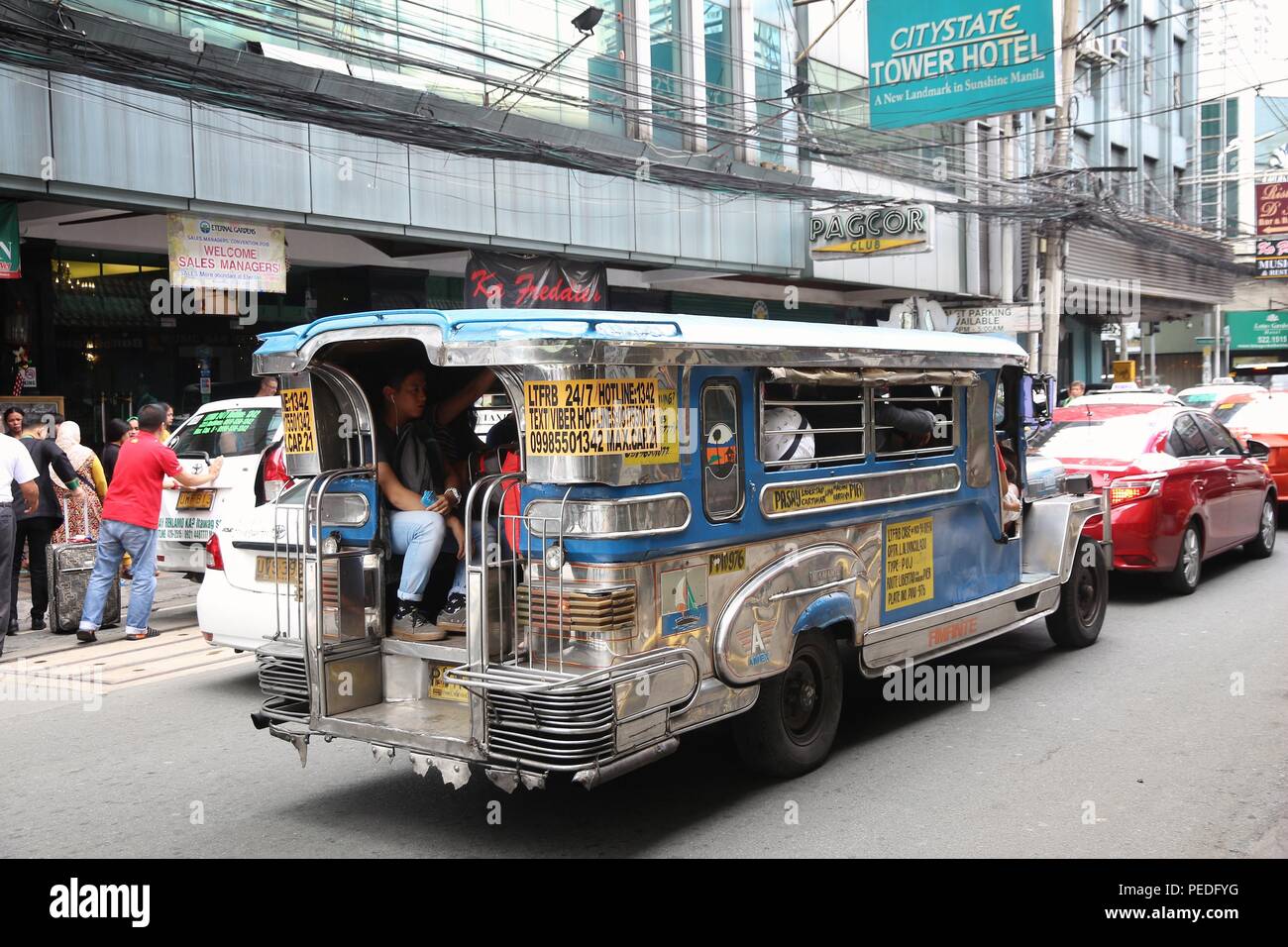Why Pick Transit Advertising Philippines for Your Brand name
Exactly How Transportation Advertising Can Change Mass Transit Spaces Into Dynamic Advertising Platforms
Transit marketing holds considerable capacity to redefine public transport areas right into lively advertising and marketing systems that involve and notify. As we discover the multifaceted advantages and developing approaches of transportation advertising and marketing, it elevates the inquiry of exactly how this change might redefine our interactions with both brands and the city setting.
Advantages of Transit Advertising

Additionally, transportation marketing is very economical compared to standard media. It allows marketers to achieve high impacts at reduced costs, making the most of roi. The captive target market of commuters supplies an opportunity for brand names to convey their messages to individuals that are often responsive throughout their travel times.
In addition, the dynamic nature of transportation advertising enables projects to be updated frequently, guaranteeing that messaging remains timely and appropriate. This flexibility can be important in replying to market trends or marketing events, keeping the brand name top-of-mind for customers. Lastly, the pervasive existence of transportation advertising contributes to brand name recall; duplicated direct exposure within acquainted traveling contexts strengthens brand understanding and cultivates customer loyalty, ultimately driving sales and improving brand name credibility.
Kinds Of Transit Marketing
Public transport systems provide various styles for advertising, each catering to various advertising and marketing strategies and audience interaction techniques. One popular type is outside bus and train wraps, which cover the entire car and produce a mobile billboard result, enabling high presence in urban atmospheres. These covers can catch attention as they traverse hectic streets, reaching a diverse target market.
An additional popular style is interior advertising, that includes posters, electronic displays, and advertisements on transit seats. These positionings involve travelers throughout their trip, strengthening brand name messaging in a constrained area. Digital displays, specifically, use the advantage of dynamic web content, allowing marketers to update messages in real-time.
Terminal advertising and marketing is likewise significant, including posters, banners, and interactive booths within transportation terminals. These ads utilize foot traffic and can target specific demographics based upon location.
Finally, advertising partnerships with transit authorities can lead to one-of-a-kind projects, such as themed transportation experiences or events, boosting the general engagement with commuters. Each kind of transit advertising and marketing uses distinct advantages, permitting brands to tailor their strategy to successfully reach their target audience within the public transport environment.
Involving Commuters Successfully
Travelers are progressively inundated with advertising and marketing messages throughout their everyday trips, making it vital for brand names to engage them in ingenious means. To capture interest in this jampacked space, advertisers have to prioritize imagination and importance. Making use of appealing visuals and succinct messaging can significantly improve the probability of engagement.
Interactive aspects, such as QR codes or increased fact features, can also transform static advertisements right into immersive experiences, cultivating a much her explanation deeper connection with the target market. Brand names need to focus on dealing with commuters' requirements and passions, customizing messages to reverberate with their way of living, whether via promos for local businesses or services developed to improve their commuting experience.
Furthermore, timing plays an important function; tactically positioning ads during top commuting hours can make best use of presence and influence. Involving travelers successfully likewise includes leveraging social media assimilation, enabling passengers to share their experiences or promotions straight from transit platforms, thereby amplifying brand name reach.
Essentially, effective involvement hinges on recognizing the commuter trip and producing compelling, interactive, and relevant advertising and marketing experiences that not just catch attention however likewise drive action and commitment. By doing so, brands can transform public transport into a dynamic advertising and marketing platform that resonates with its target market.

Measuring Advertising Impact
Just how can brands accurately analyze the efficiency of their ad campaign in transit environments? Gauging the influence of transportation advertising needs a complex technique that combines measurable and qualitative metrics. One widespread technique is tracking engagement with mobile analytics, where brand names can analyze foot web traffic patterns and application interactions before, during, and after projects.
Surveys can give useful insights right into brand recall and customer belief, permitting brands to assess how well their messages reverberate with travelers. Furthermore, monitoring social networks engagement associated to particular campaigns can reveal changes in public perception and brand name conversation.

Furthermore, collaborating with transit firms can boost measurement accuracy, as they typically have detailed demographic data on ridership patterns. By integrating these methods, brand names can create a comprehensive understanding of their advertising efficiency, making sure that their projects not just get to however additionally influence their target market properly.
Future Trends en route Advertising
A significant shift is anticipated in transportation advertising as technical innovations and transforming customer behaviors improve the landscape. Transit Advertising Philippines. The combination of electronic screens and interactive media is anticipated to boost interaction, enabling brands to deliver vibrant web content that reverberates with diverse target markets. As public transport systems welcome wise innovation, advertisers will certainly take advantage of real-time data analytics to tailor messages based upon traveler demographics and habits
Furthermore, augmented fact (AR) is poised to change the means travelers communicate with promotions. By supplying immersive experiences, AR can transform a mundane trip into an interesting narrative that captures focus and promotes brand name commitment. This development will likely urge marketers to create even more experiential campaigns that drive customer interaction.
Sustainability is another essential pattern affecting transit advertising. As ecological awareness grows, brands will progressively seek to align with eco-friendly techniques, utilizing lasting materials and advertising green efforts within their campaigns.
Final Thought
Finally, transportation advertising provides considerable advantages by improving brand exposure and involving a captive audience. Via various styles, such as outside wraps and digital displays, it changes mass transit right into a dynamic advertising and marketing platform. Efficient involvement strategies and robust dimension strategies further enhance its influence. As trends develop, the possibility my explanation for innovative communications in between brand names and commuters is poised to expand, making certain that transportation advertising stays a crucial part of modern-day marketing strategies.
Transportation advertising and marketing holds substantial possibility to redefine public transport areas into dynamic marketing platforms that notify and engage. The pervasive visibility of transportation marketing contributes to brand name recall; repeated direct exposure within acquainted travel contexts reinforces brand recognition and promotes consumer loyalty, inevitably driving sales and boosting brand reputation.
Just how can brand names precisely evaluate the effectiveness of their marketing campaigns in transportation atmospheres?In conclusion, transportation marketing offers substantial advantages by boosting brand visibility and involving a captive target market. Transit Advertising Philippines. As patterns evolve, the possibility for ingenious communications between brand names and commuters is positioned to grow, making certain that transit advertising and marketing stays a vital component of modern marketing strategies